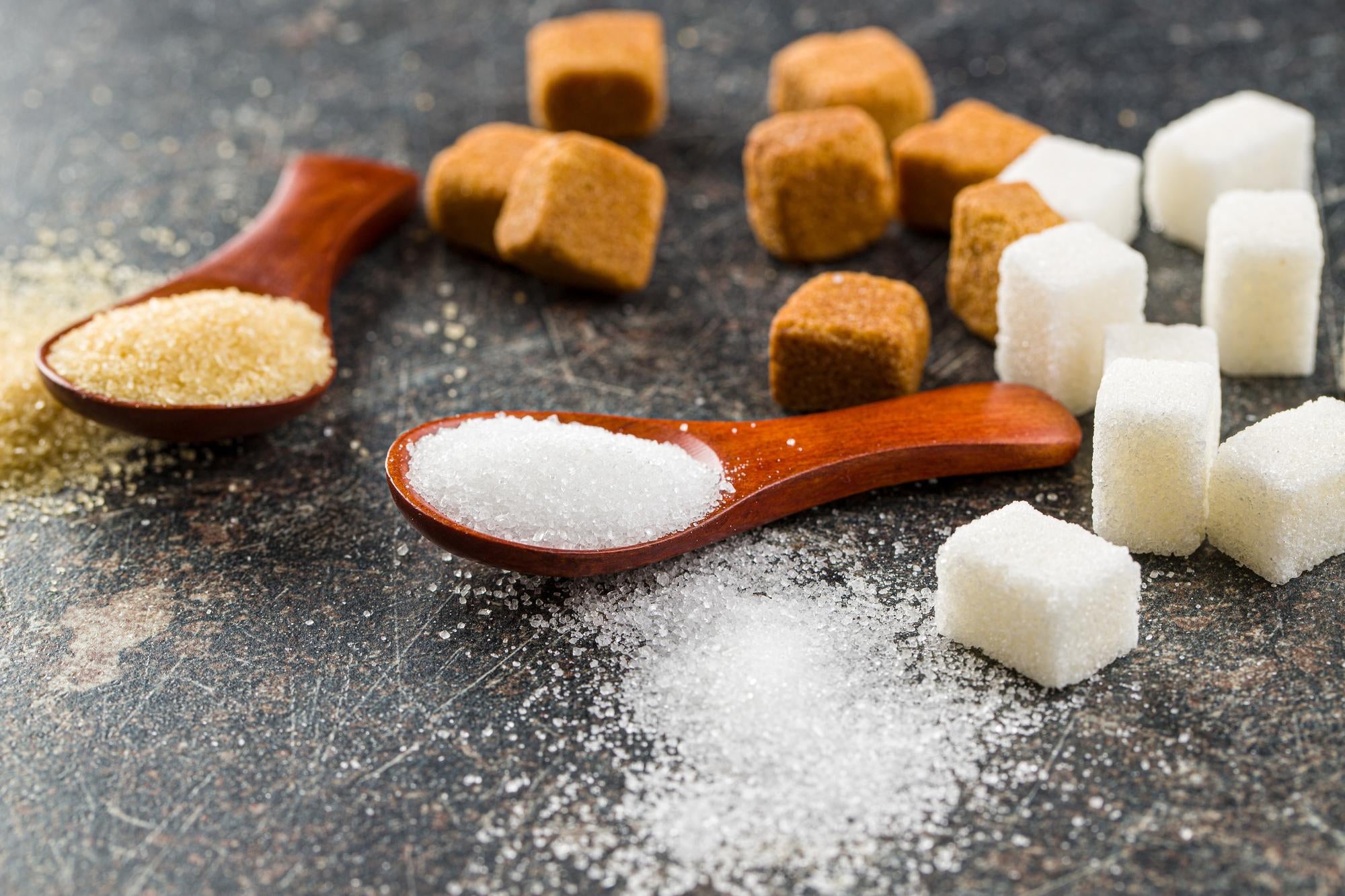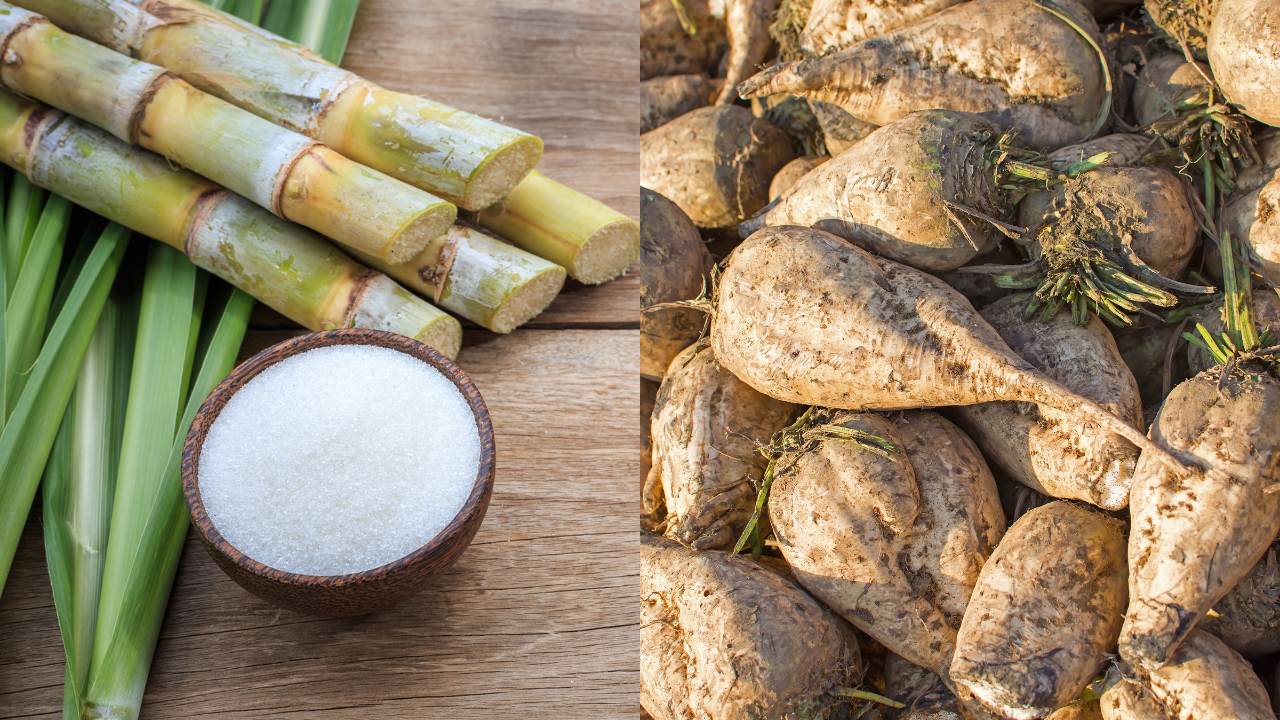Learning about beet sugar vs cane sugar can help shoppers decide which matches their preferences better.
Checking Out the Distinctions in Uses and Advantages In Between Beet Sugar Vs Cane Sugar
In the cooking world, the choice between beet sugar and cane sugar is not merely concerning sweetness yet includes a nuanced consideration of taste, application, and influence. While both sugars stem from different plants, each undergoes distinct production procedures that subtly affect their characteristics and suitability for different dishes.
Beginnings and Manufacturing Processes of Beet and Cane Sugar

Walking cane sugar, on the various other hand, originates from the sugarcane plant, an exotic lawn belonging to Southeast Asia today grown in exotic zones worldwide. The manufacturing of cane sugar begins with the harvesting of cane stalks, which are crushed to release the juice. This juice is after that boiled to concentrate it, after which it is spun in centrifuges to generate raw sugar crystals. These crystals are more fine-tuned to produce the white sugar typically offered in shops.

Nutritional Content and Wellness Considerations

When comparing the nutritional material of beet sugar and cane sugar, it ends up being obvious that both kinds essentially offer the exact same caloric worths, with about 16 calories per tsp and no significant nutrient diversity. Both sugars, when eaten in excess, can add to raised blood sugar levels, a risk variable for diabetes and other metabolic conditions. From a health perspective, regulating consumption of any type of type of sugar, whether from beet or cane, is a good idea to stay clear of these potential adverse effects on wellness.
Flavor Accounts and Culinary Applications
In spite of their comparable chemical frameworks, beet sugar and cane sugar vary subtly in taste, which can influence their usage in numerous culinary contexts. Cane sugar commonly brings a tip of molasses, even in its refined kind, offering a cozy, caramel-like undertone that boosts baked goods, coffee, and chocolate-based recipes. This mild molasses flavor is specifically valued in the baking industry for including deepness to desserts and pastries. On the other hand, beet sugar is defined by its extremely refined, neutral preference, making it a versatile sugar that does not change the flavor profiles of dishes. This neutrality is particularly beneficial in delicate recipes, such as light pastries, creams, and some sauces, where the intrinsic flavors of other ingredients are intended to attract view publisher site attention. Cooks and food makers could select one type of sugar over the other based on the preferred flavor result of their culinary productions.
Environmental Influence and Sustainability
While both beet and cane sugars are acquired from plants, their ecological effects differ considerably due to the unique methods of growing and handling needed for every. Sugar beet growing usually involves substantial mechanization, which can raise nonrenewable fuel source consumption and carbon emissions. Beetroots can be expanded in cooler environments and need less watering, possibly decreasing water usage compared to sugarcane. Sugarcane, on the various other hand, is commonly expanded in tropical regions where it counts greatly on irrigation and a longer growing duration, boosting its water footprint.
Moreover, the processing of sugarcane frequently produces a substantial amount of waste, consisting of bagasse, which, although functional as biofuel, regularly adds to air contamination if shed inefficiently. Sugar beet processing uses more of the raw products, resulting in much less waste. Both industries deal with challenges in minimizing their environmental impacts, but continuous innovations in farming techniques and waste administration are intending to enhance sustainability.
Economic Variables Influencing the Sugar Industry
The financial characteristics of the sugar sector are considerably influenced by international market needs and discover here profession policies. Elements such as tariffs, subsidies, and worldwide profession arrangements play crucial roles in shaping the competitive landscape. As an example, in areas where sugarcane or sugar beet manufacturing is subsidized, manufacturers might have an economic benefit that allows them to offer lower prices on the worldwide market. This can develop differences in profitability and market access for producers in countries without such aids.
Additionally, changes in international need for sugar, influenced by dietary patterns and commercial usage in food, straight influence prices and production levels. beet sugar vs cane sugar. Climate condition also play a pivotal role, as click they can considerably impact crop yields and, consequently, the supply chain. This variability presents a degree of financial unpredictability that can cause financial investment volatility in sugar manufacturing markets, influencing decisions from growing to market strategy
Conclusion
To conclude, both beet and cane sugar have special high qualities that suit different cooking requirements. While cane sugar imparts a rich taste suitable for improving baked products, beet sugar's neutrality is perfect for lighter recipes. Nutritional resemblances notwithstanding, their distinctive manufacturing procedures and environmental influences add complexity to the selection between them. Hence, recognizing these differences helps cooks and customers make informed choices that line up with their health, culinary, and moral preferences.